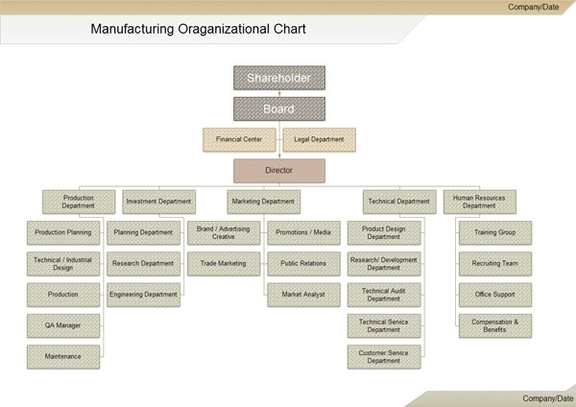
A manufacturing organizational structure is a system that outlines the hierarchy of roles and responsibilities in a company or factory. The structure will differ from company to company, depending on the size, scope, and product type.
There are three common types of manufacturing organizational structures: functional, divisional, and matrix. In a functional structure, employees are grouped by their area of expertise, such as engineering, production, or quality control. In a divisional structure, employees are grouped by product line or market, such as automotive, aerospace, or consumer goods. In a matrix structure, employees are assigned to both functional and divisional units, creating a cross-functional team that can share resources and skills.
Each type of structure has its own advantages and disadvantages, depending on the company’s goals, culture, and environment. Some factors that can influence the choice of a manufacturing organizational structure are:
– The complexity and diversity of the products or services
– The degree of innovation and change in the industry
– The level of coordination and collaboration required among different functions or divisions
– The availability and allocation of resources and skills
– The customer needs and expectations
If you want to learn more about manufacturing organizational structures, you can check out these articles:
– [How Should You Organize Manufacturing?](^1^)
– [The Manufacturing Organizational Structure for Optimal Output](^2^)
– [Free Editable Manufacturing Organizational Chart Examples](^3^)
–
